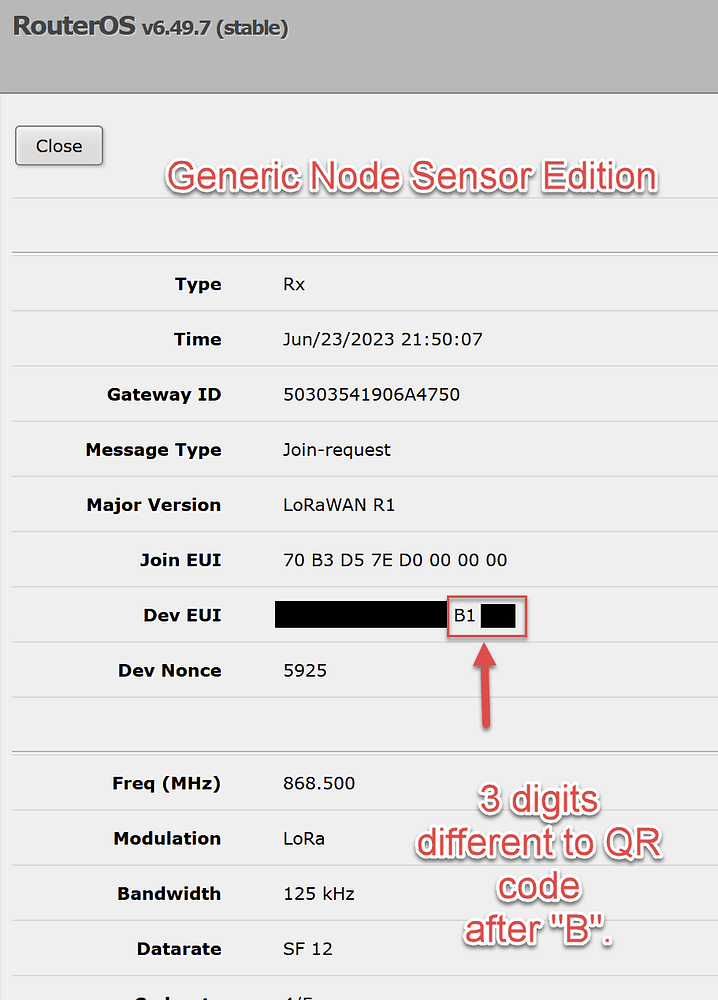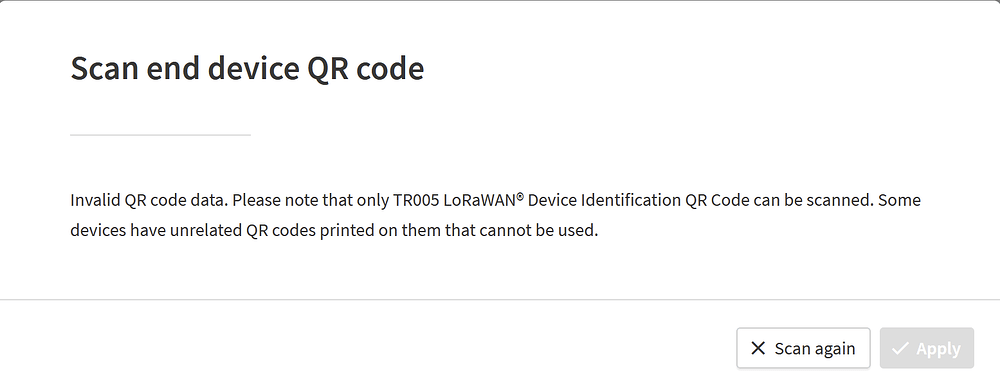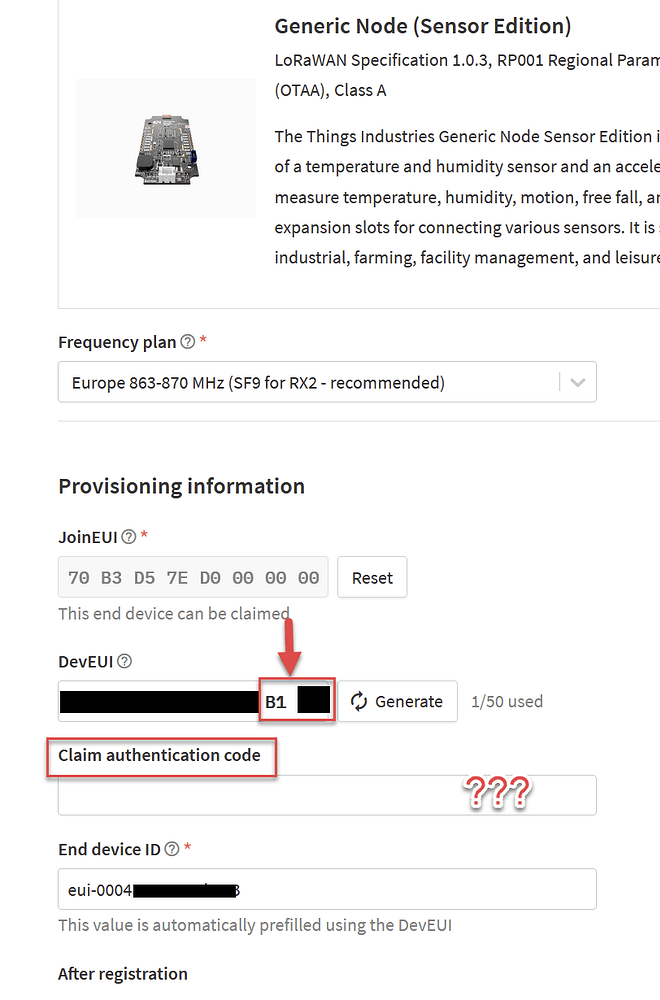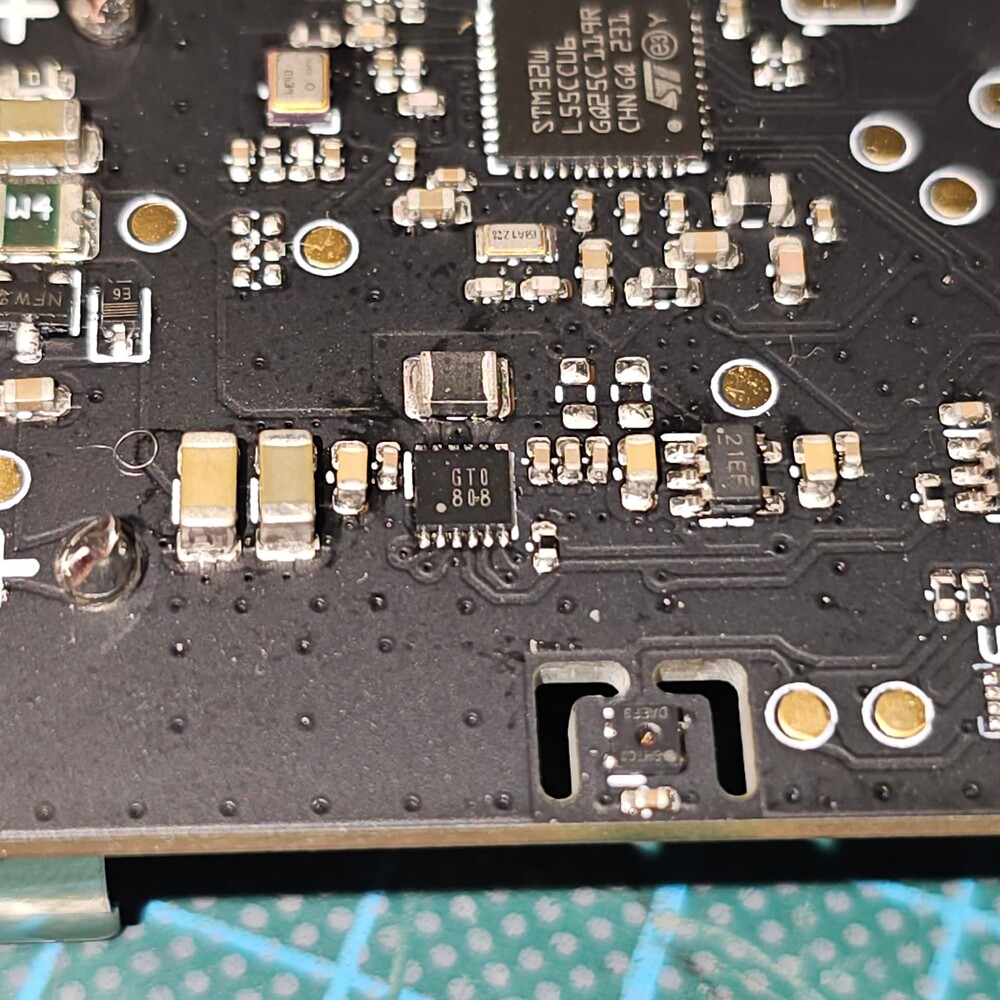I’m sorry this post slipped past the my “no topic goes unanswered” radar - the majority of us are volunteers - TTI staff pop by occasionally - Slack is the support channel that gets their more immediate attention.
Anyone starting out who asks for advice before starting purchasing, is realistic about their current abilities with the wide range of technical topics that LoRaWAN and IoT touches on and is prepared to consume the learning materials will be absolutely fine. I know this because I do this with my clients regularly as well as the few that come here early in their journey.
The majority of newbie queries are from people with an X - Y problem but they don’t tell us the Y - just that the X they bought isn’t working / co-operating / doing what they need. After a while they tell us what the Y is - what they are trying to achieve and along the way we get some understanding of their knowledge levels. We can usually figure out something but solving X-Y problems without the user having the foundational knowledge rarely has a great outcome.
From 30 years coal-face project experience, I feel you are describing people that take a calm engineering-led approach to a project which will involve them learning as much as implementing. These are indeed in a minority but describing them as freaks is a bit harsh.
It is unfortunate that you had a negative experience with your first Generic Node.
I use it, it’s a well spec’d certified device with full support for LoRaMAC-node on the STM32 platform so as well as battery powered sensing, it has the chops to do all sorts of extras - like running an ML model.
It’s hard to comment on elements of your technical experience without knowing if you are comfortable with the STM32Cube IDE, programming, the LoRaMAC-node stack, LoRaWAN Network concepts & configuration and so forth. Even for someone happy with STM32 there’s a lot to learn. For those starting out with creating an IoT sensor, the Generic Node is a considerable handful of learning, not really a great place for a newbie.
There are/were other ways to get up & running - with a serial tool, using the credentials that the gateway heard in the join request or setting credentials in the firmware. None of which are newbie friendly.
I’m sure @cndrxn will take on board your feedback on the TTI shop & support processes.
Please make use of the forum - it’s got lots of resources. You may find this playlist useful: https://www.youtube.com/playlist?list=PLgo-UUo7rFZSUONvw9V-NL2S8mX3B8ShA




